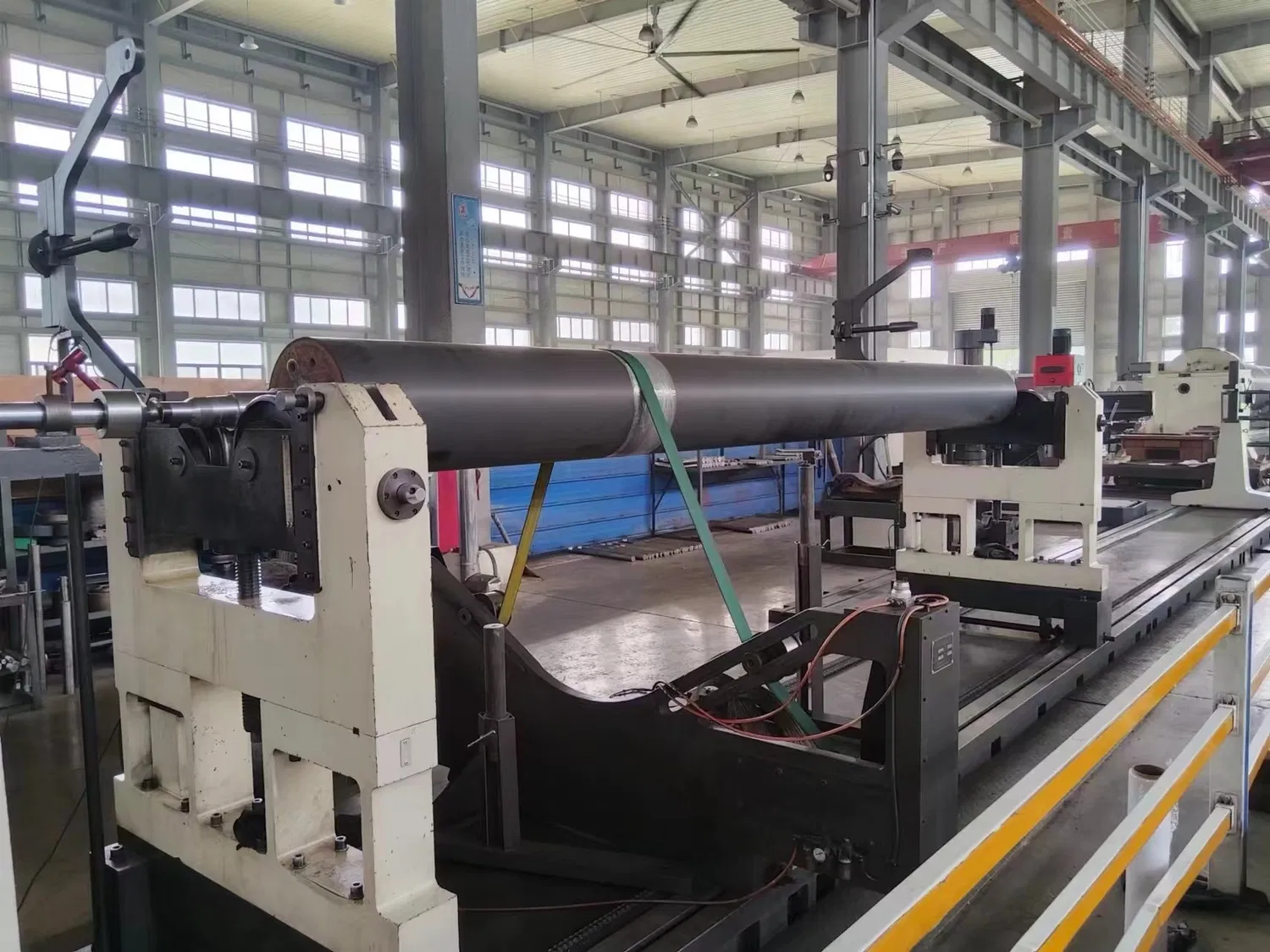Introduction
Granite rolls are essential components in various industries, such as paper, textile, and printing. To ensure optimal performance, it's crucial to measure and monitor their condition continually. As it turns out, this process can be more challenging than you might think. In this article, we'll explore practical techniques and strategies for accurately assessing granite roll performance.
The Importance of Granite Roll Performance
Before diving into measuring and monitoring techniques, let's discuss why granite roll performance matters. In my experience, even minor fluctuations in performance can lead to significant issues, including decreased product quality, increased downtime, and higher maintenance costs. By actively monitoring granite roll performance, you can proactively address potential problems, ultimately saving time, money, and resources.
Key Indicators of Granite Roll Performance
When evaluating granite roll performance, there are several critical indicators to consider. These include:
Advanced Tools for Measuring Granite Roll Performance
To accurately assess granite roll performance, you'll need specialized tools. Some popular options include:
- Roundness measuring systems: These devices use lasers or other sensors to measure roll roundness and identify deviations.
- Optical flat measurement tools: These tools help determine the roll's surface flatness and detect irregularities.
- Vibration analysis equipment: Regularly monitoring vibrations can help identify potential performance issues before they become significant problems.
Best Practices for Monitoring Granite Roll Performance
To effectively monitor granite roll performance, consider the following best practices:
- Establish a regular inspection schedule: Routine inspections can help you identify trends and address issues before they escalate.
- Document your findings: Keeping detailed records of your measurements can help you track performance over time and make informed decisions about maintenance and replacement.
- Collaborate with experts: Working with experienced professionals can provide valuable insights and ensure you're using the best tools and techniques for your specific application.
Practical Application: Putting It All Together
Now that you understand the key aspects of measuring and monitoring granite roll performance, let's discuss how to apply this knowledge in real-world scenarios. Here are a few actionable tips:
- Invest in high-quality measurement tools to ensure accurate assessments.
- Develop a comprehensive inspection and monitoring plan tailored to your equipment and processes.
- Regularly review and analyze your data to identify patterns and make data-driven decisions.
Conclusion
Measuring and monitoring granite roll performance is a critical aspect of maintaining optimal industrial operations. By understanding key indicators, utilizing advanced tools, and following best practices, you can proactively address potential issues and maximize the lifespan of your equipment. As you continue to monitor and improve granite roll performance, you'll likely see improvements in product quality, reduced downtime, and lower maintenance costs.



